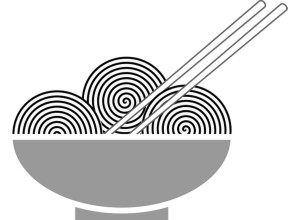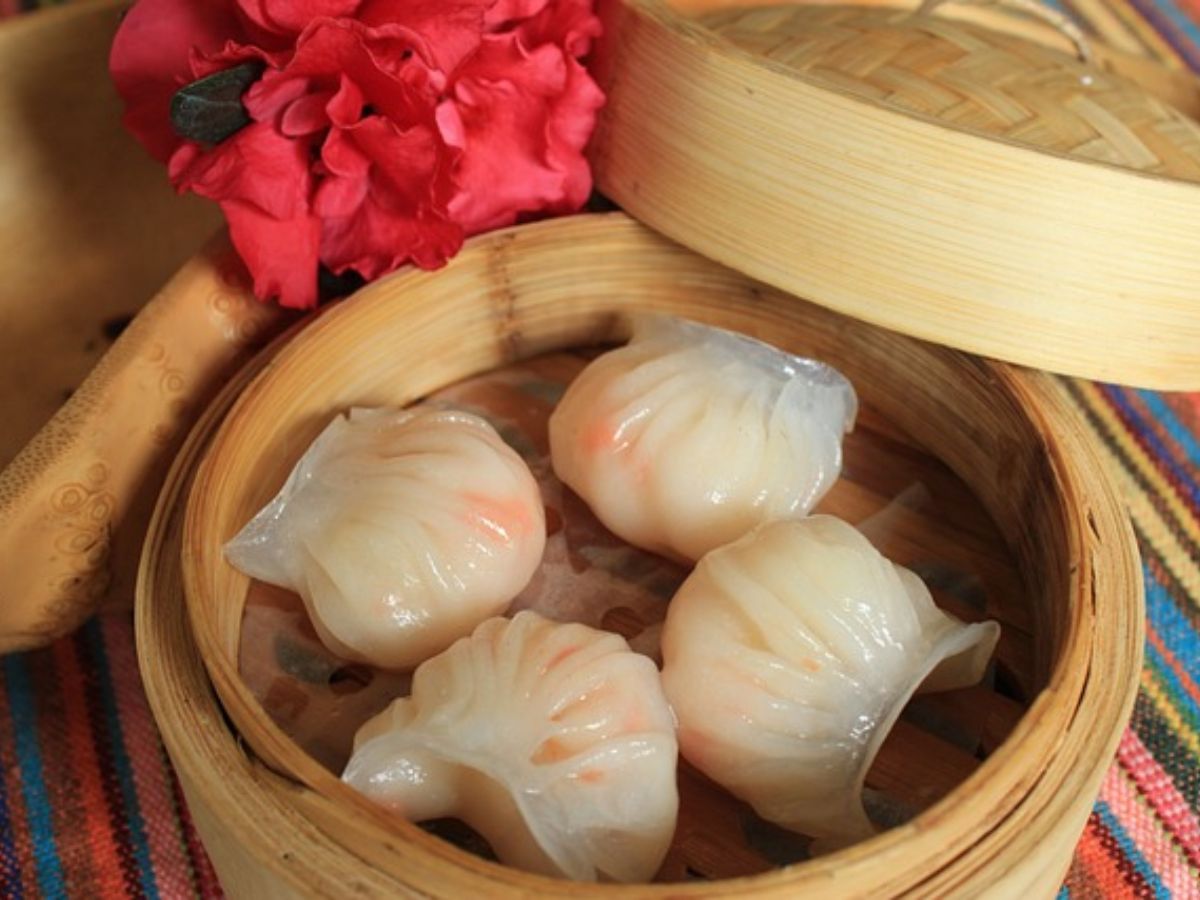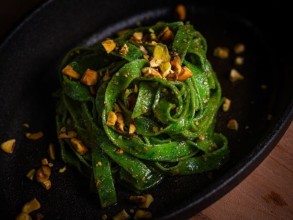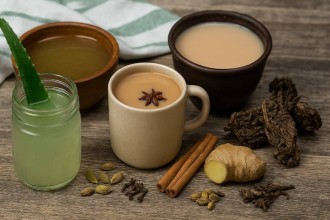Nepal, nestled in the lap of the Himalayas, is a country of diverse cultures, traditions, and cuisines. From the high-altitude mountain settlements to the bustling city streets, the food habits of Nepalese people reflect the country's geographical and ethnic diversity. This journey through Nepalese food habits explores how traditional and modern influences have shaped Nepal's culinary landscape.
The Traditional Staple: Dhido and Dal Bhat
Dhido, a thick porridge made from buckwheat or millet flour, is a traditional dish deeply rooted in the diet of Nepalese living in the hills and mountains. Unlike rice, Dhido does not require intensive farming and can be prepared quickly, making it a practical choice for high-altitude regions. It is often accompanied by gundruk (fermented leafy greens), sukuti (dried meat), and local pickles, adding layers of flavor and nutrition.
Dal Bhat, on the other hand, is the undisputed staple of Nepalese households. A combination of steamed rice (bhat) and lentil soup (dal), this meal is often served with vegetable curries, achar (pickle), and sometimes meat. The phrase "Dal Bhat Power, 24 Hour" humorously highlights its significance in sustaining Nepalese people throughout their daily activities.
Influence of Tibetan Cuisine: Momos and Thukpa
The influence of Tibetan cuisine is particularly strong in Nepal’s Himalayan regions and urban areas. Momos, the famous Nepalese dumplings, have become a national favorite. Filled with minced meat or vegetables and served with spicy dipping sauces, momos have gained immense popularity across all age groups.
Thukpa, a hearty noodle soup with vegetables and meat, is another dish that has found a home in Nepalese cuisine. Originally from Tibet, this warming dish is particularly popular during the winter months and is commonly found in restaurants and street stalls across Nepal.
The New Age Fusion: Western Influence and Fast Food
With globalization and urbanization, Nepalese food habits have seen a shift towards fast food and fusion cuisine. In cities like Kathmandu and Pokhara, international influences are evident in the increasing popularity of burgers, pizzas, and fried chicken. However, these dishes often come with a local twist, such as the use of Nepalese spices or yak cheese.
Laphing, a spicy, cold noodle dish of Tibetan origin, has also taken Nepal by storm, particularly among the younger generation. Street vendors now serve innovative variations, mixing in different textures and flavors to suit evolving tastes.
The Role of Festivals in Nepalese Cuisine
Festivals play a crucial role in shaping Nepalese food habits. During Dashain, the biggest Hindu festival, families prepare meat-based feasts, including goat and buffalo curries. Tihar, the festival of lights, sees the preparation of sweets such as sel roti (a crispy, rice-based doughnut) and yomari (a steamed dumpling filled with molasses and sesame seeds). Meanwhile, Buddhist communities celebrate Lhosar with special dishes like khapse (deep-fried pastries) and butter tea.
The Future of Nepalese Cuisine
While traditional Nepalese food habits remain strong, there is a growing movement towards healthier and organic eating. Restaurants are incorporating more local, farm-to-table ingredients, and vegetarianism is on the rise due to increased health consciousness. Additionally, Nepalese cuisine is gaining international recognition, with Nepali restaurants opening in various parts of the world, spreading the rich culinary heritage beyond borders.
From the humble dhido to the beloved dumpling, Nepalese food habits showcase a unique blend of tradition, adaptation, and innovation. Whether enjoying a plate of steaming momos or a traditional dal bhat meal, one can always taste the history and culture infused in every bite.




-1740465568.jpg)





